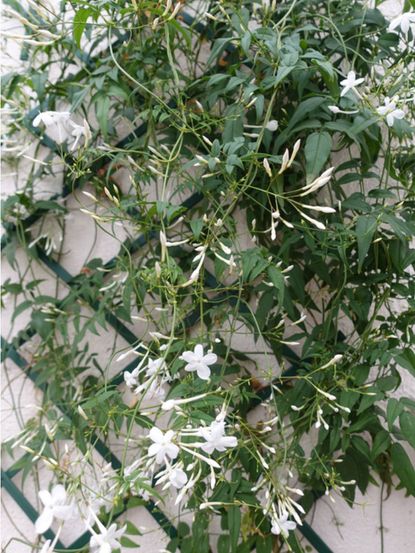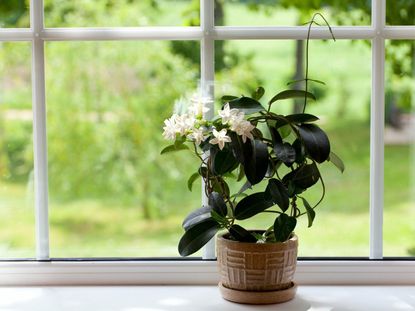Jasmine
Nothing beats the intoxicating scents emanating from jasmine plants. Find out how to grow jasmines indoors and out, including different jasmine varieties, in the articles that follow. In addition, you will learn about common issues associated with growing jasmine plants and how to keep them healthy.
-
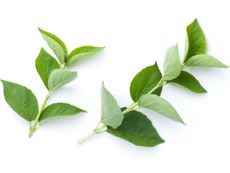
What Keeps Jasmine Plant From Flowering and What You Can Do
If your jasmine plant is not flowering you’re missing out on the best thing about it. Check your growing conditions and get that plant blooming again!
By Becca Badgett
-
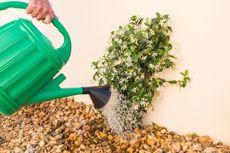
Easiest Ways To Propagate Jasmine: Simple How-To Guide
With a wide variety of types to choose from, who wouldn’t want to propagate jasmine plants? Whether they’re the heavenly fragrant variety or just beautiful climbers, learn the best ways to grow more of them.
By Anne Baley
-
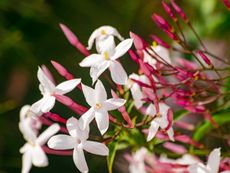
Growing Jasmine Plant: Information For Growing And Care Of A Jasmine Vine
The heady fragrance of flowering jasmine in your garden only requires knowing how to plant and care for it.
By Bonnie L. Grant
-
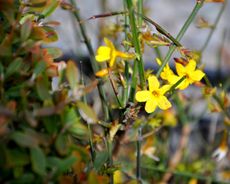
Showy Jasmine Care – How To Grow Florida Jasmine Plants
Also known as Florida jasmine, showy jasmine produces shiny, blue-green foliage with masses of sweet-smelling, bright yellow flowers in spring and early summer. Learn how to grow showy jasmine in your garden in this article.
By Mary H. Dyer
-
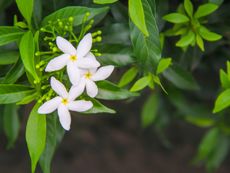
Pruning Care Of Jasmine - Tips For Trimming Jasmine Plants
Jasmine is grown as much for its intense fragrance as for its blooms. With good jasmine pruning, you'll have more attractive plants that bloom freely, allowing you to enjoy these benefits longer. Click here for more.
By Jackie Carroll
-
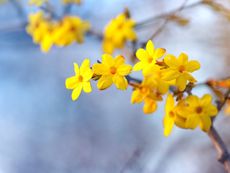
Winter Jasmine Care: How To Grow Winter Jasmine Plants
Winter jasmine is one of the earliest flowering plants to bloom, often in January. This decorative plant is quick to establish and winter jasmine care is a breeze. Learn how to grow winter jasmine and perk up your cold season garden in this article.
By Bonnie L. Grant
-
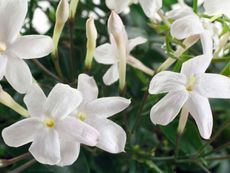
Jasmine Plant Fertilizer: When And How To Fertilize Jasmine
Learn the secrets to fertilize jasmine properly in this article. The best blooms occur on plants that have been well cared for and fed routinely.
By Bonnie L. Grant
-
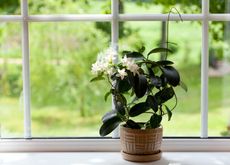
Growing Jasmine Indoors: Care Of Indoor Jasmine Plants
If winter blooms and sweet, nighttime fragrance appeal to your senses, consider growing jasmine indoors. Learn more about the care of indoor jasmine in this article and enjoy this lively plant year round.
By Becca Badgett
-

Pruning Jasmine Vines: How To Control Asian Jasmine Plants
Look before you leap when it comes to planting Asian jasmine vines. Once you lose control of jasmine, keeping it where you want it can be difficult. Click this article for more information about how to control Asian jasmine.
By Teo Spengler
-
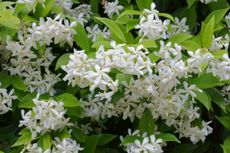
Pruning A Star Jasmine: Learn When To Cut Back Star Jasmine Plants
If you are lucky enough to have a star jasmine in your garden, you doubtless appreciate its generous growth, frothy white blossoms, and sweet fragrance. Over time, however, trimming star jasmine becomes essential. Wondering how and when to cut back star jasmine? Click here.
By Teo Spengler
-
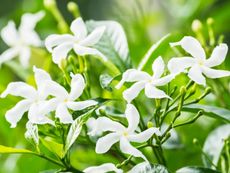
Most Fragrant Jasmine Varieties To Grow
Fragrant plants are magical, and nothing beats jasmine. But which to plant? Here are some of our favorite fragrant jasmine plants.
By Tonya Barnett
-
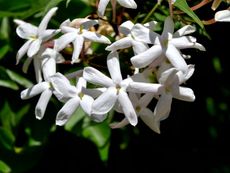
Is Star Jasmine Good For Hedges – Learn About Growing A Jasmine Hedge
Is star jasmine good for hedges? Many gardeners think so. Growing a jasmine hedge is easy and the result is sure to be beautiful. If you are wondering how to grow star jasmine as a hedge, click here. We?ll also give you some tips on pruning jasmine hedges.
By Teo Spengler
-
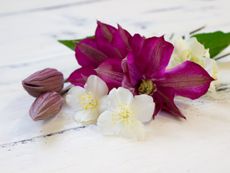
Jasmine Companion Planting – Learn About Plants That Like Jasmine
The jasmine plant can stand alone in a garden, but finding companion plants for jasmine isn't difficult. And the contrasting colors and textures of other blossoms add appeal. What grows well with jasmine? Click here for some ideas on jasmine companion plants.
By Teo Spengler
-
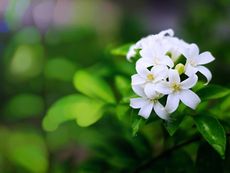
Jasmine Plant Leaf Problems: Why A Jasmine Has White Spots
If your jasmine has white spots, it's time to diagnose the problem and treat it. White spots on jasmine leaves may be nothing serious, but they may also indicate a disease or pests. Find more information in this article.
By Teo Spengler
-
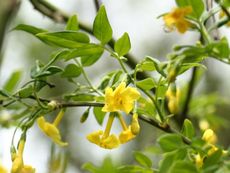
Growing Italian Jasmine: Tips On Caring For Italian Jasmine Shrubs
Italian jasmine shrubs please gardeners in USDA zones 7 through 10 with their glossy green leaves, fragrant buttercup-yellow flowers and shiny black berries. For information about caring for and pruning Italian jasmines, click this article.
By Teo Spengler
-
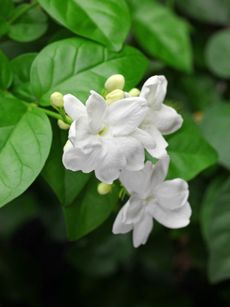
Arabian Jasmine Plant Info - What Is Sambac Jasmine
One type of jasmine, called the Arabian jasmine plant, is especially popular due to its small growth habit and adaptability. Read on for more.
By Tonya Barnett
-
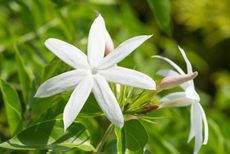
Jasmine Plant Types: Common Varieties Of Jasmine Plants
While some jasmine types are among the most fragrant plants you can grow, not all are scented. Find out about the different jasmine varieties and their characteristics in this article so you can determine the best one for you.
By Jackie Carroll
